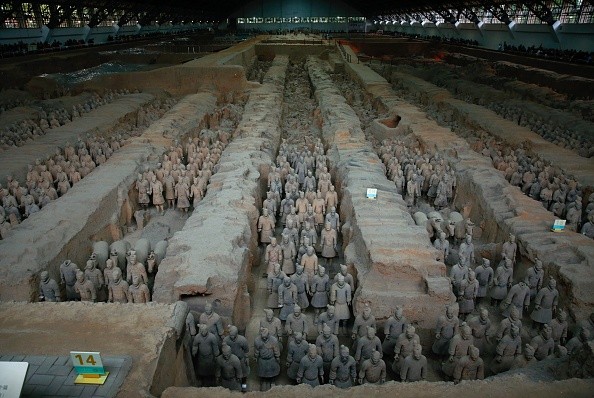China is the world’s fourth most visited country in the world. The news came as no surprise, considering the country is the world’s largest exporter and second-largest importer.
It sees more than 55.6 million (in 2014) tourists year-over-year, and plans to see more with the revival of the ancient Silk Road to attract more tourists.
The Silk Road is a historically important international trade route between the Mediterranean and China. It is now included in the World Heritage List of UNESCO.
Along this road are 33 historical sites, 22 of them distributed in Shaanxi, Henan, Gansu, and Xinjiang of China.
Some travel companies offer Silk Road China tour packages that cover top tourist attractions to include Marco Polo Travels trail adventure through Turpan depression ruins, Kashgar Sunday Bazaar, Dunhuang Mogao Caves, Urumqi Tianshan Mountain Hearvely Lake, Xian Terracota Army, Lanzhou Labrang Lamasery, Jiayuguan Great Wall, and many more.
That is why the government is preparing to invest £4 trillion in rail links, new roads, oil pipelines, and other infrastructure.
According to Forbes, Chinese government recently launched a rail freight service between China and London.
The service is the first direct rail link between Great Britain and China. It will traverse from Beijing, across Asia and Europe, before terminating in London.
It enables manufacturers to explore new means to lower transport costs. At present, there are 39 lines that connect 12 European cities with 16 Chinese cities.
The move is part of China’s new One Belt, One Road strategy, launched by President Xi Jinping in 2013. It aims to improve links between Beijing and its neighbors with Eurasia.
“The ancient silk roads are not just routes of trade, but routes of friendship,” said President Xi.
Forbes reported Beijing hopes the establishment of economic development will pacify the riots in Western China's XInjiang Province where tensions are high between the Han majority and Muslim ethnic minority Uyghurs.
By 2020, at least 30 cultural centers are expected to rise in countries along the ancient Silk Road. At present, there are 20 cultural hubs along the historic thouroughfare.



























